Home>Ideas and Tips>Indoor Terrarium Design Ideas: Miniature Ecosystems at Home
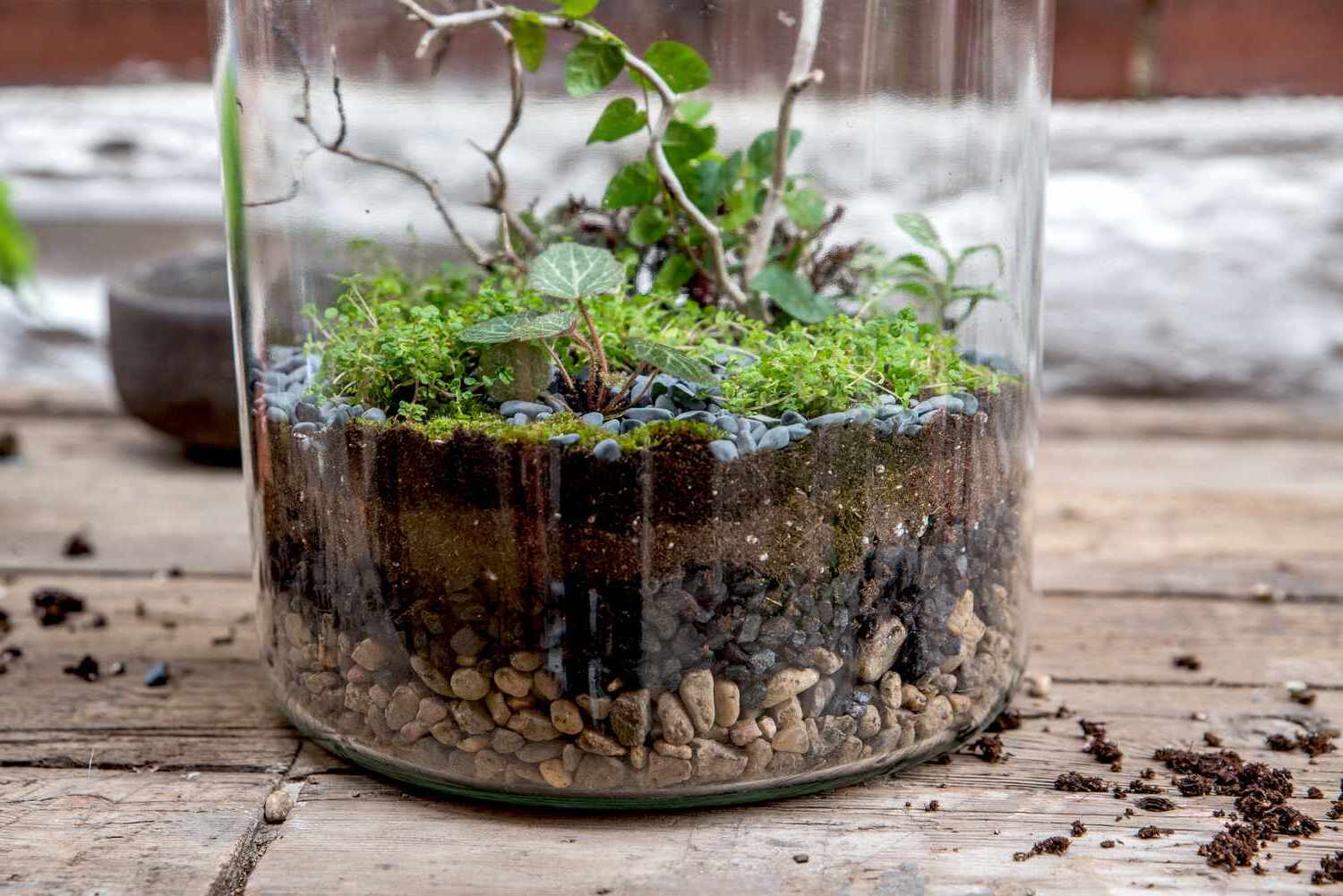

Ideas and Tips
Indoor Terrarium Design Ideas: Miniature Ecosystems at Home
Modified: October 18, 2024
Discover creative indoor terrarium design ideas to create stunning miniature ecosystems at home. Learn how to build and maintain your own green oasis.
(Many of the links in this article redirect to a specific reviewed product. Your purchase of these products through affiliate links helps to generate commission for Storables.com, at no extra cost. Learn more)
Creating a miniature ecosystem in the comfort of your home is not only a fascinating hobby but also a great way to bring some greenery and tranquility into your living space. Terrariums, or mini terrariums, are self-contained environments that mimic the natural world, providing a unique opportunity to observe and interact with various plant species and microorganisms. In this article, we will delve into the world of indoor terrarium design, exploring the materials needed, the steps to create a mini ecosystem, and some creative ideas to make your terrarium stand out.
What is a Terrarium?
A terrarium is essentially a small, enclosed garden that functions as a mini-ecosystem. It typically consists of a clear container filled with soil, plants, rocks, and sometimes small animals or microorganisms. The transparent walls of the container allow for light and heat to penetrate, creating a water cycle that sustains the plants and other organisms within. This self-contained environment is ideal for those who want to enjoy the benefits of gardening without the extensive maintenance required for larger gardens.
Materials Needed
To create a terrarium, you will need the following materials:
-
Container: This can be any clear glass or plastic container, such as a jar, bottle, or aquarium. The size of the container will depend on the space you have available and the complexity of the design you want to achieve.
-
Soil: Use a high-quality tropical substrate mix specifically designed for terrariums. This type of soil is formulated to retain moisture but also drain excess water efficiently, preventing waterlogged conditions that can harm plants.
-
Plants: Choose plants that thrive in high humidity and low light conditions, such as ferns, mosses, and small succulents. Tropical plants like Boston ferns and asparagus ferns are popular choices for terrariums due to their ability to grow well in enclosed environments.
-
Rocks and Pebbles: These are used for drainage and to create layers within the terrarium. Activated charcoal can also be added to help control moisture levels and prevent mold growth.
-
Decorative Elements: Optional decorative elements include small animal figurines, mosses, and other decorative rocks or branches that can add aesthetic value to your terrarium.
-
Water Spray Bottle: For misting the plants and maintaining humidity levels.
Steps to Create a Mini Ecosystem
Creating a mini ecosystem involves several steps:
1. Preparation of the Container
Start by cleaning the container thoroughly with soap and water. Rinse it well and dry it completely before proceeding.
2. Adding the Drainage Layer
The drainage layer is crucial for preventing waterlogged soil conditions. You can use leaker or any lightweight, porous material like small rocks or pebbles to create this layer. This layer sits at the bottom of the container and allows excess water to drain out, preventing it from accumulating in the soil.
3. Adding the Substrate Barrier
On top of the drainage layer, place a substrate barrier such as window screen mesh. This mesh prevents the substrate from getting mixed with the drainage layer and ensures that the substrate remains in place.
4. Adding the Substrate Mix
Pour in a generous amount of high-quality tropical substrate mix into the container. This mix should be well-draining but retain enough moisture to support plant growth. You can also add crushed leaves or other organic matter to provide nutrients for microorganisms and small animals.
5. Planting the Plants
Choose your plants carefully, considering their size and growth habits. Use tweezers to gently plant them into the substrate, making sure not to disturb the roots too much. Start with larger plants and add smaller ones around them for a balanced look.
6. Adding Decorative Elements (Optional)
If you want to add some extra flair to your terrarium, now is the time to do it. You can include small animal figurines, mosses, or other decorative elements that fit your theme.
7. Sealing the Container (Optional)
If you're creating a closed terrarium, spray the contents with a water mister one last time before sealing it up with the lid. This ensures that everything is well-hydrated before being enclosed.
Placement and Maintenance
Once your terrarium is set up, find a suitable place for it in your home where it can receive indirect sunlight and maintain a consistent temperature. Avoid placing it near direct sunlight or heat sources like radiators or air conditioning vents, as this can cause temperature fluctuations that might harm the plants.
Maintenance Tips
-
Humidity Levels: Terrariums thrive in humid environments. You can maintain humidity levels by misting the plants occasionally with a water spray bottle.
-
Lighting: While terrariums need light to photosynthesize, direct sunlight can be too intense for them. Indirect sunlight or low light conditions are ideal.
-
Temperature: Keep the terrarium away from extreme temperatures. Most plants prefer temperatures between 65°F to 75°F (18°C to 24°C).
-
Watering: Since terrariums are self-sustaining environments, they require minimal watering. However, if you notice the soil drying out too much, you might need to add a small amount of water.
-
Cleaning: Regularly clean out any dead plant material to prevent mold growth and maintain air circulation within the terrarium.
Creative Ideas for Your Terrarium
While traditional terrariums are beautiful on their own, you can take your design to the next level by incorporating creative elements:
1. Mini Pond Terrarium
Creating a mini pond inside your terrarium can add an extra layer of interest. Use a small plastic cup or container and place it in the substrate mix. Fill it with water and add some aquatic plants like hydrophila or crypts.
2. Fallen Log Terrarium
Use a fallen log or cork bark branch as the hardscape element in your terrarium. This adds natural texture and depth to your design.
3. Fairy Garden Terrarium
Add some mini plastic mushrooms or small animal figurines to create an enclosed fairy garden effect. This is perfect for those who love whimsical designs.
4. Moss Terrarium
Mosses are excellent choices for terrariums due to their ability to retain moisture and thrive in low-light conditions. Use different types of mosses like fern moss and hypnemos to create a lush carpet effect.
5. Layered Terrarium
Create multiple layers within your terrarium by using different materials like rocks, pebbles, and substrate mix. This adds depth and visual interest to your design.
Examples of Mini Ecosystems
Let's take a look at some examples of mini ecosystems you can create:
Example 1: Simple but Beautiful Terrarium
In this example, you start by making a drainage layer at the bottom of the tank using leaker or small rocks. Then add a substrate barrier like window screen mesh on top of it. Next, pour in a generous amount of high-quality tropical substrate mix into the container. Add some decorative elements like cork bark branches for hardscape and then plant your chosen plants such as tri-color ferns or crypts.
Example 2: Mini Pond Terrarium
For this example, start by adding a drainage layer followed by a substrate barrier. Then pour in your substrate mix and create a mini pond using a small plastic cup filled with water and aquatic plants like hydrophila or crypts.
Example 3: Fallen Log Terrarium
In this example, use a fallen log or cork bark branch as your hardscape element. Add some mosses around it for added texture and depth. Plant your chosen plants like ferns or asparagus ferns around it for a lush look.
Conclusion
Creating an indoor terrarium is not only a fun hobby but also an educational one. By understanding how these miniature ecosystems work, you can appreciate the intricate balance between different species and their environments. Whether you're a seasoned gardener or just starting out, terrariums offer a unique way to bring nature indoors while requiring minimal maintenance. With these creative ideas and examples, you can design your own mini ecosystem that not only thrives but also adds beauty to your home.
By following these steps and incorporating some creative elements into your design, you'll be well on your way to creating stunning miniature ecosystems that will captivate anyone who sees them. So why not give it a try? Dive into the world of terrariums today and discover the magic of these tiny greenhouses
Was this page helpful?
At Storables.com, we guarantee accurate and reliable information. Our content, validated by Expert Board Contributors, is crafted following stringent Editorial Policies. We're committed to providing you with well-researched, expert-backed insights for all your informational needs.
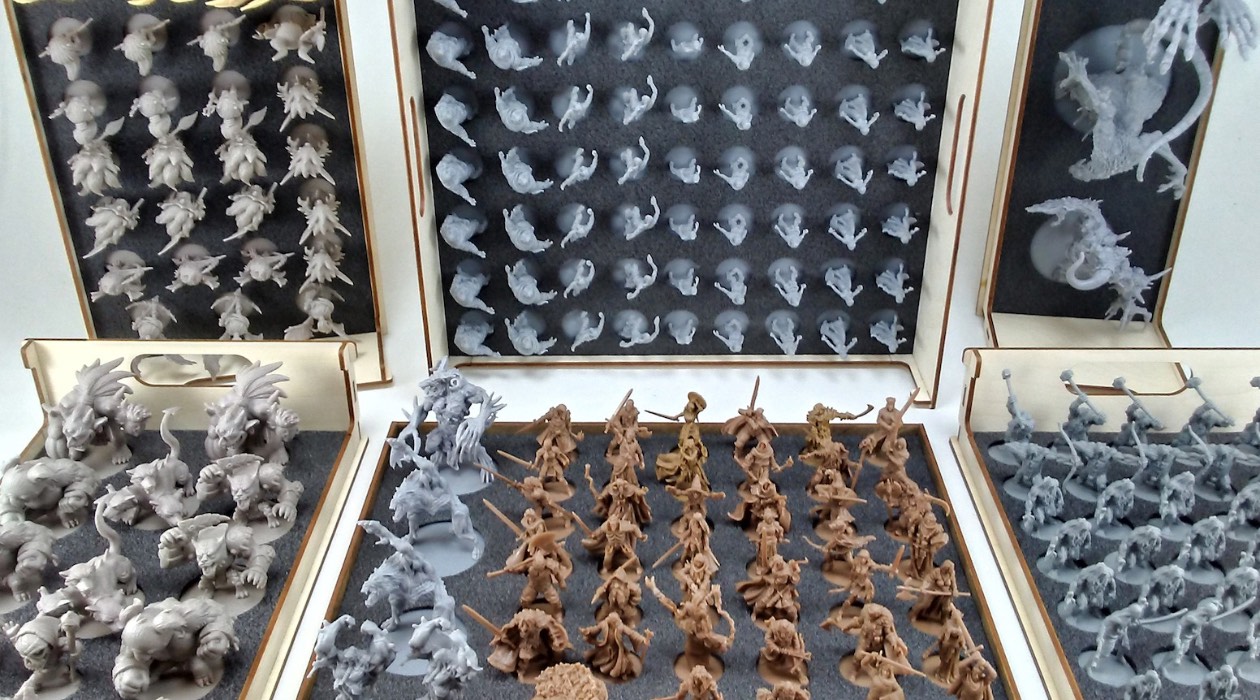
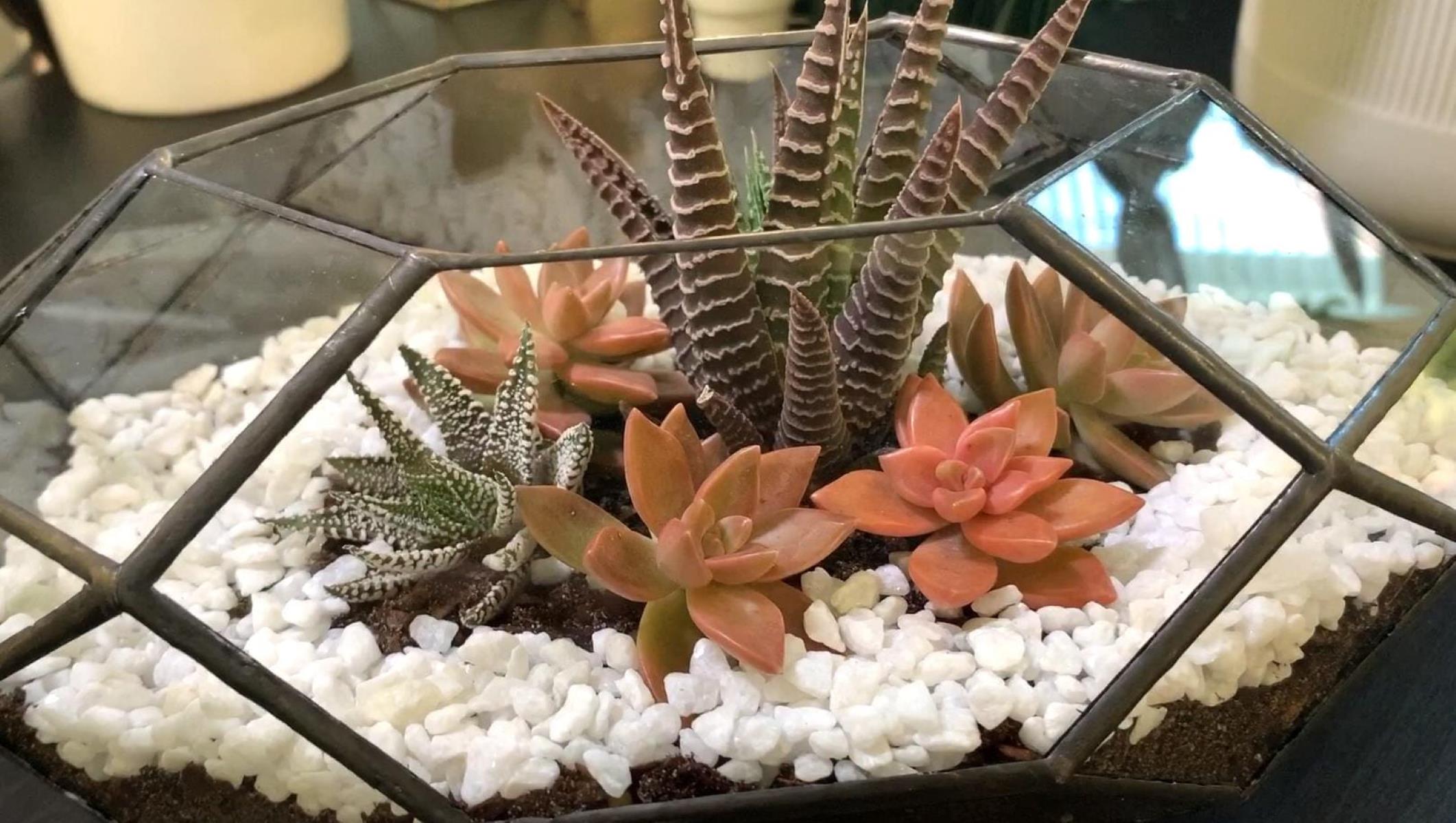
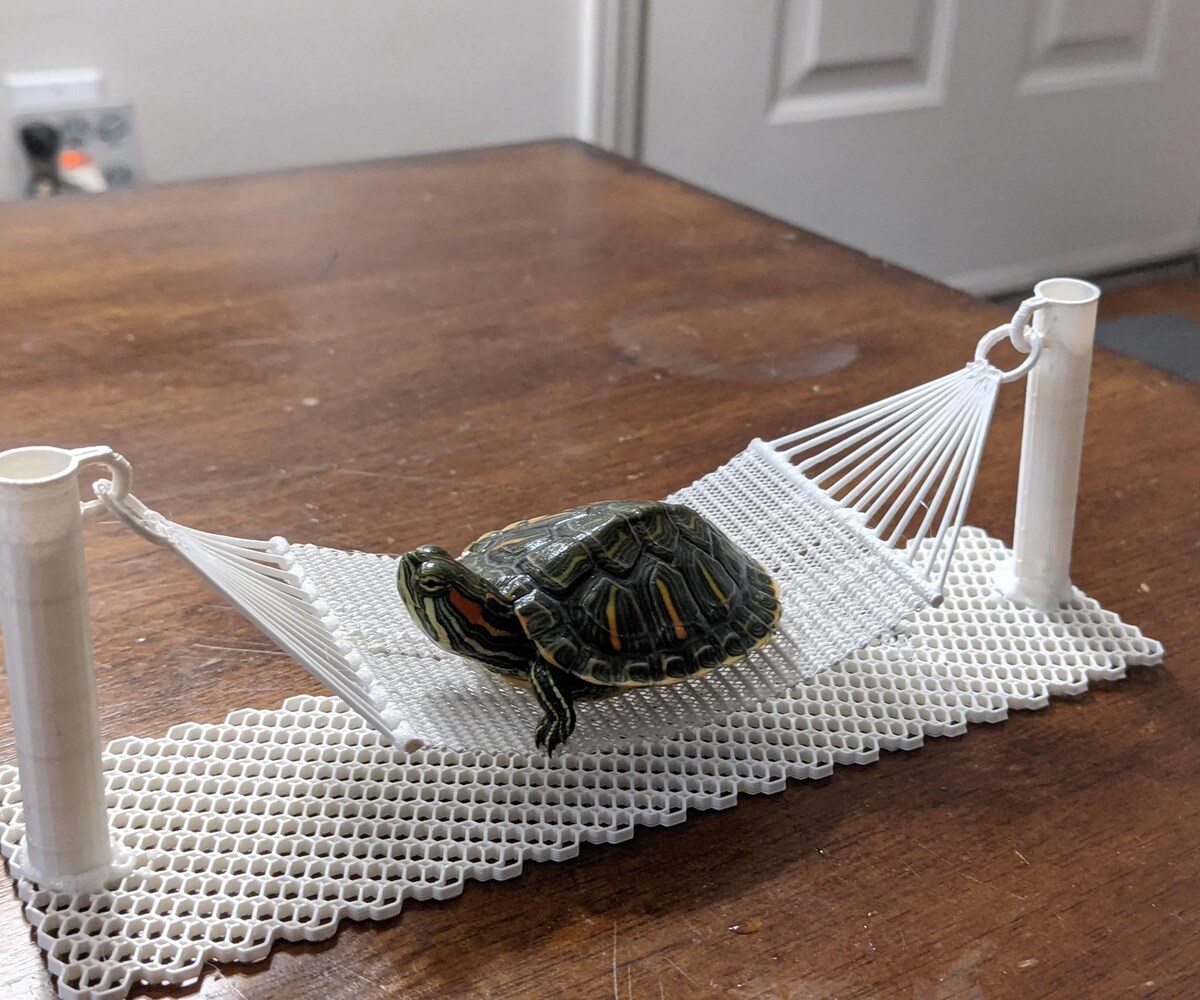
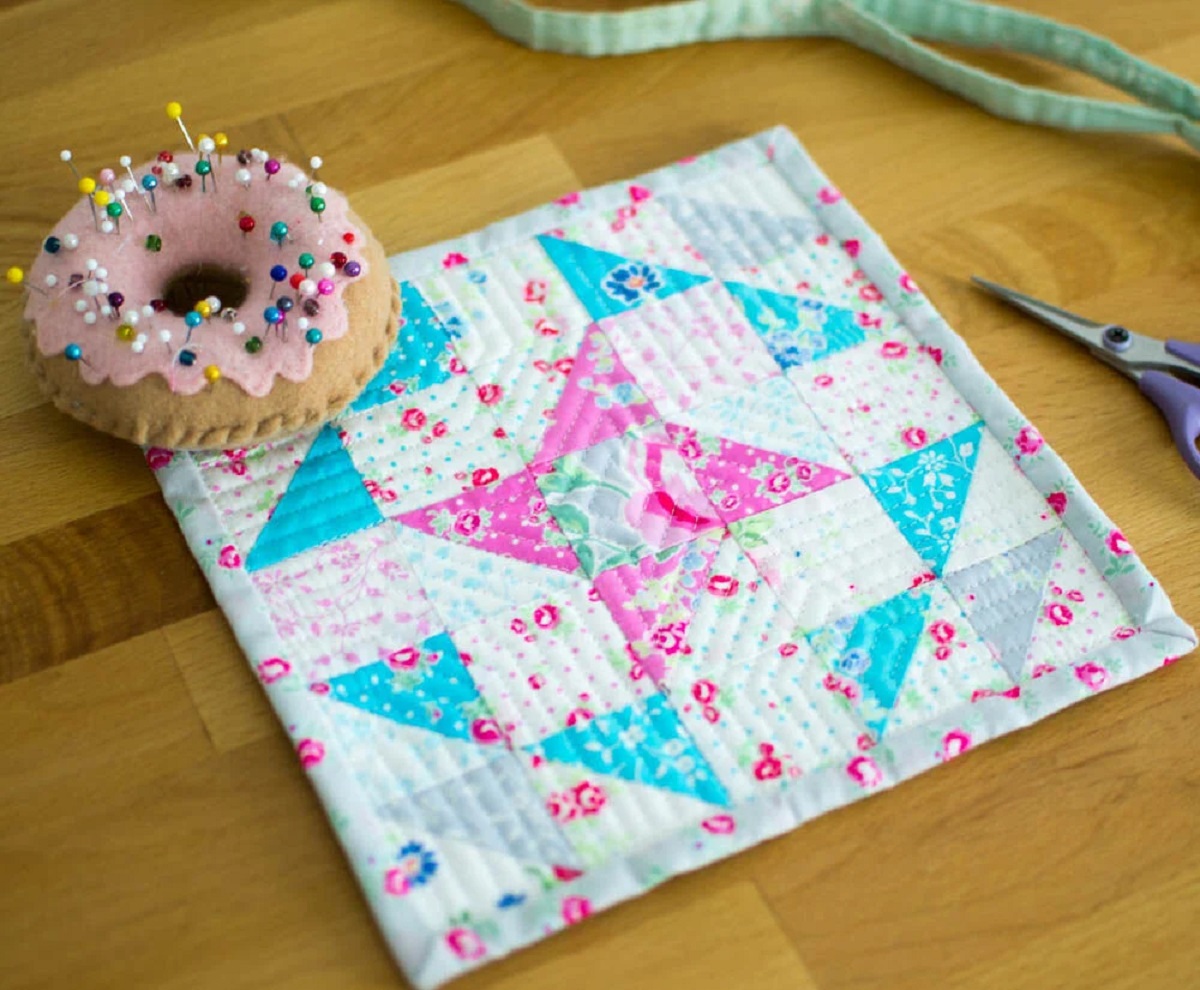
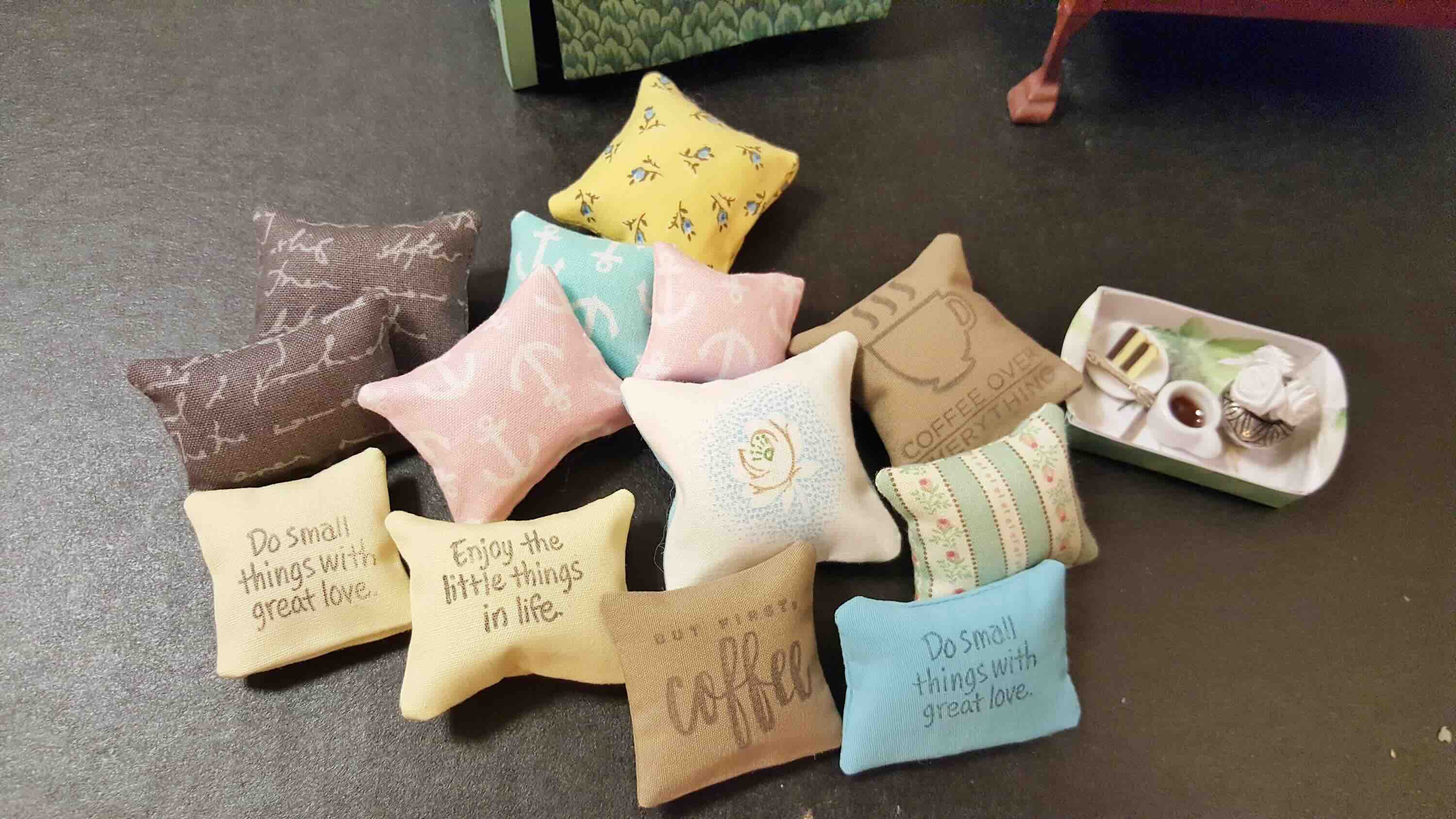
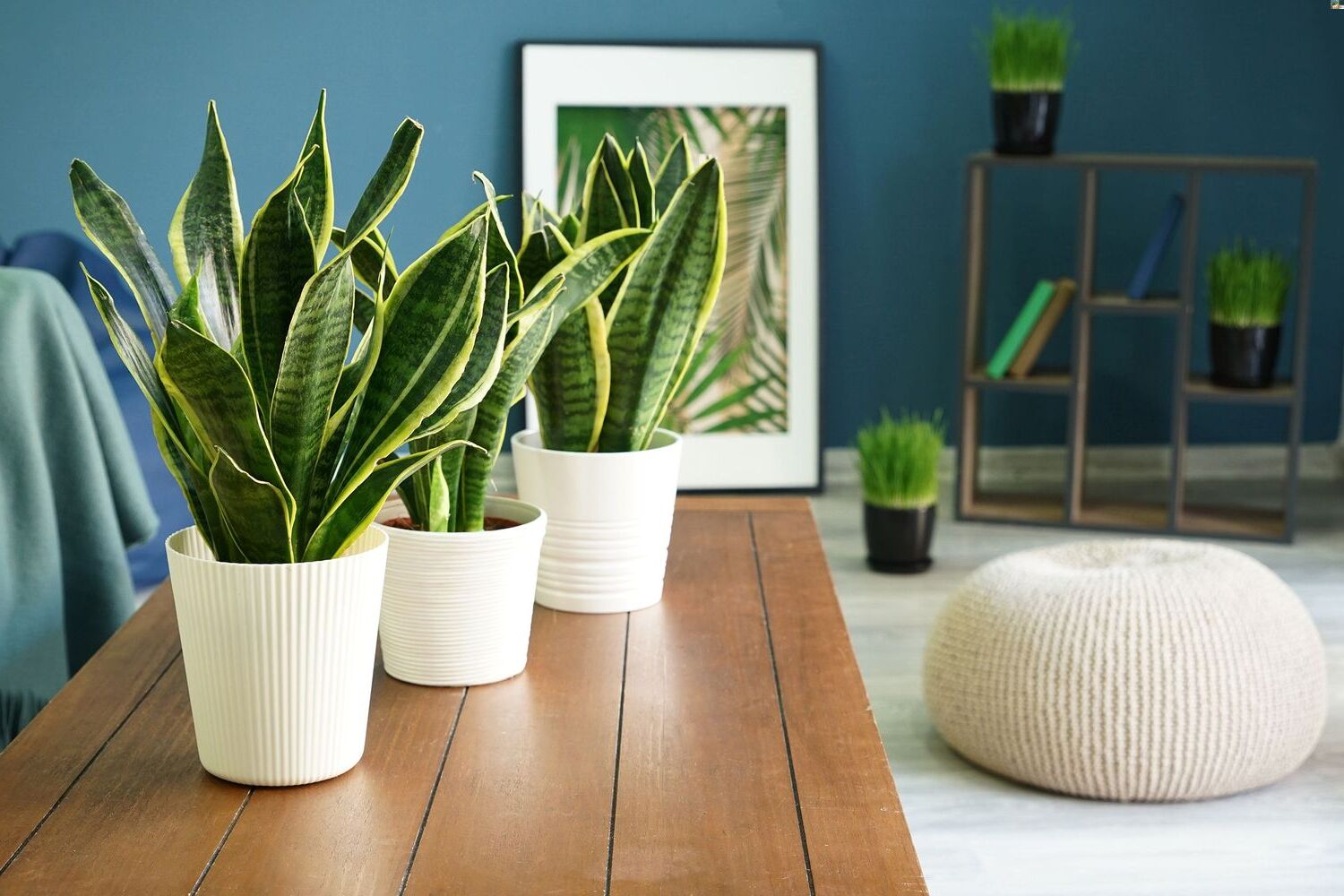
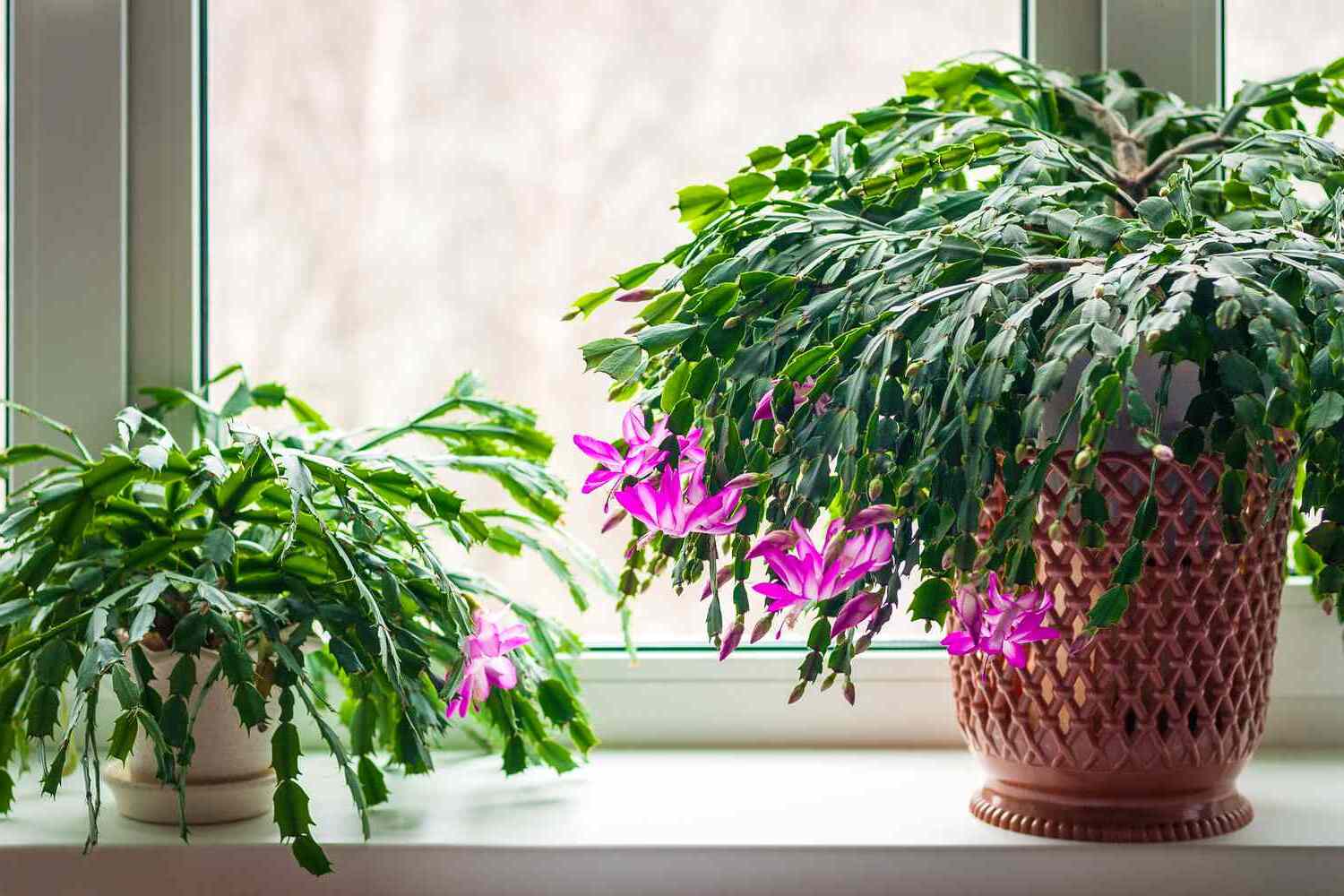
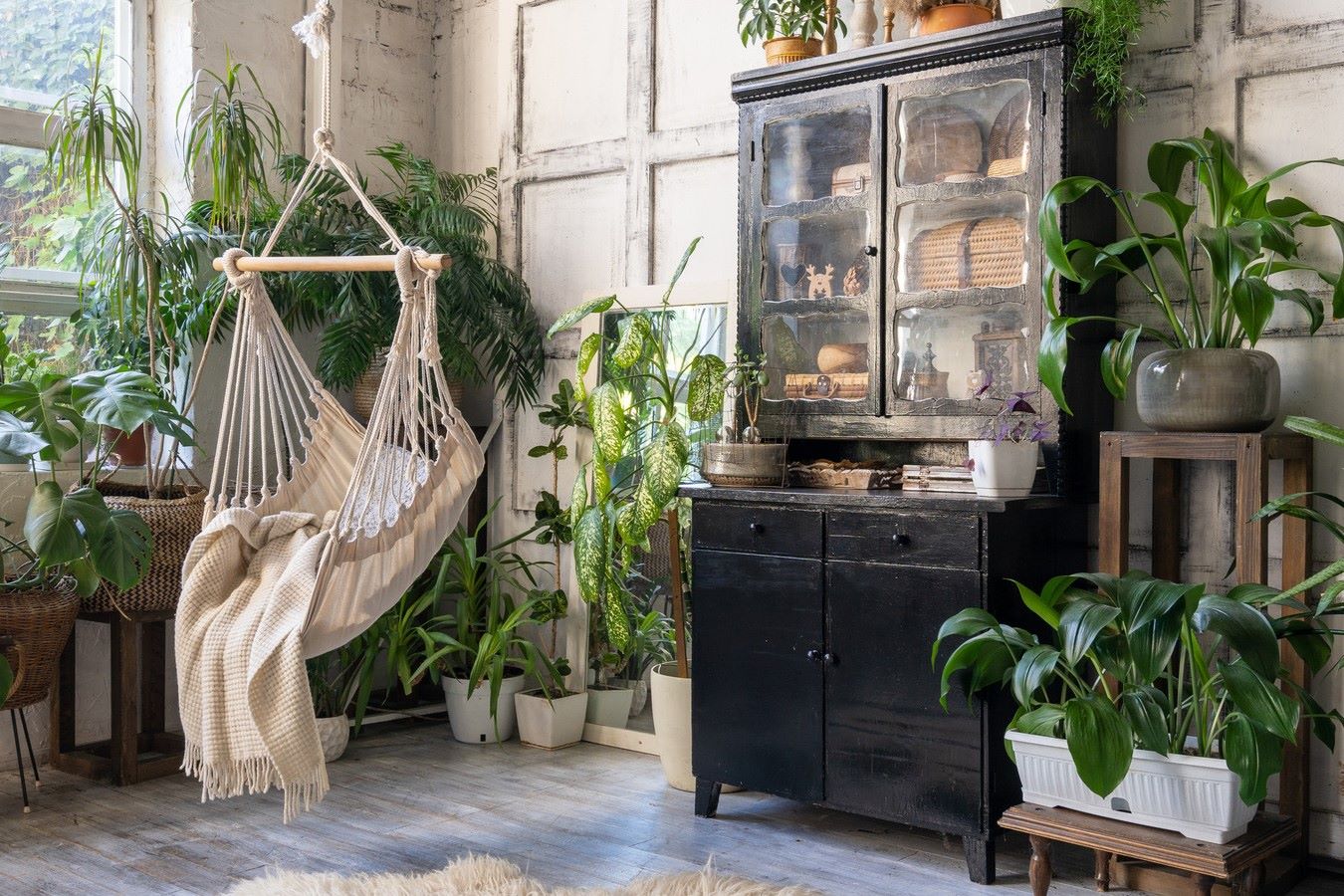
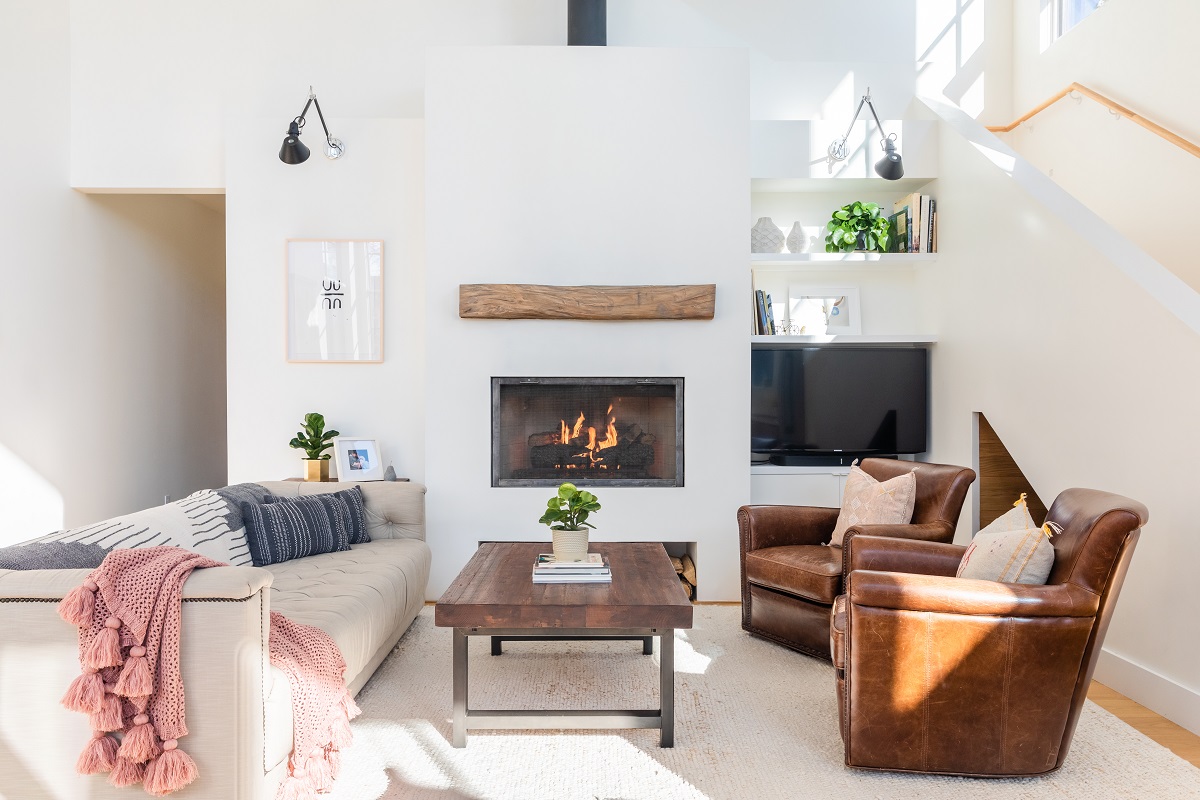
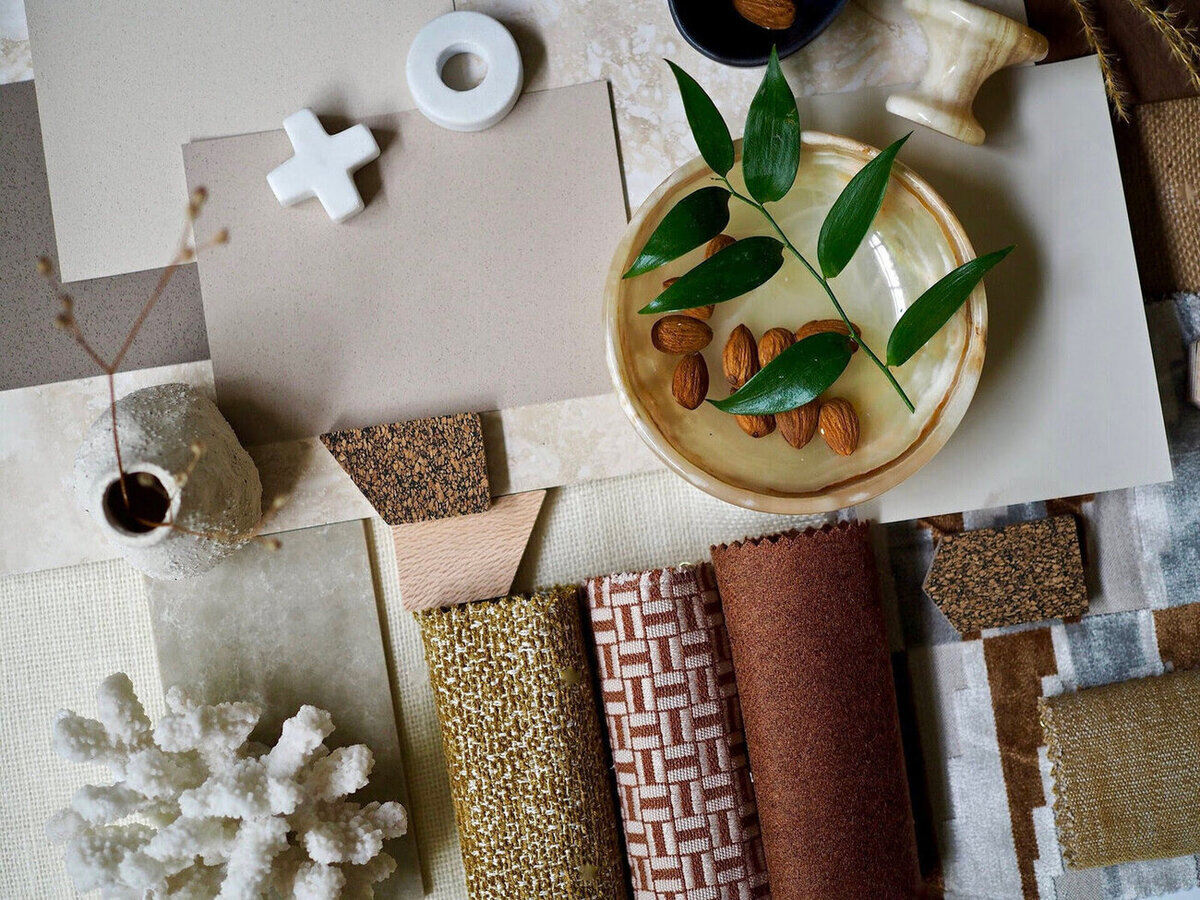

0 thoughts on “Indoor Terrarium Design Ideas: Miniature Ecosystems at Home”